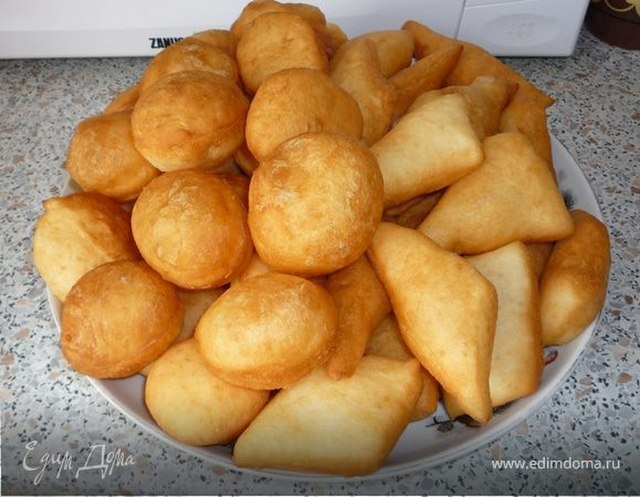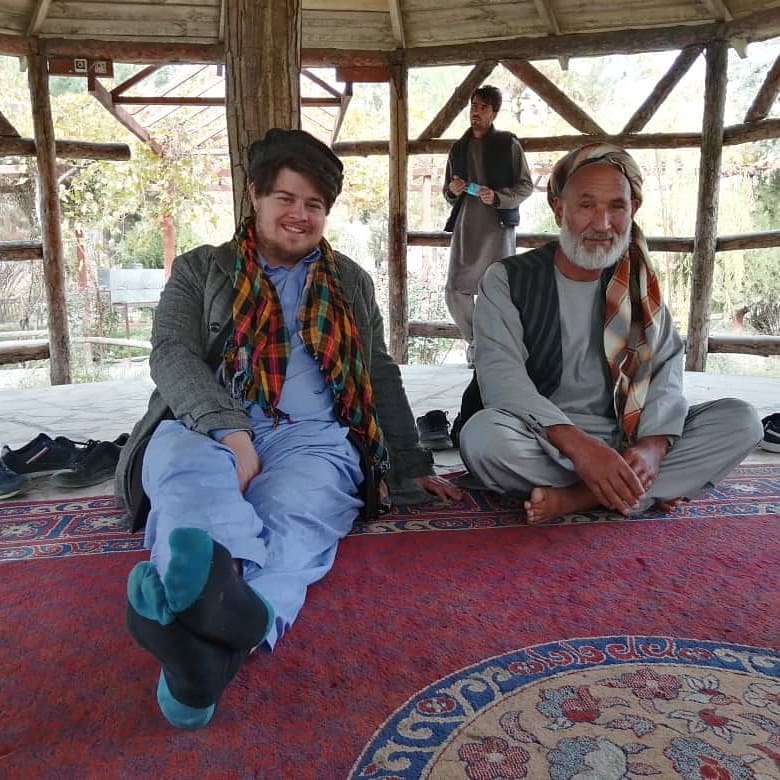When you think of Central Asia, great street food doesn’t come to mind. Whether you’re in Hong Kong, Thailand, Lebanon, or Mexico, the first thing people usually go out and try is the famed street foods, but not so in Central Asia.
That doesn’t mean there aren’t street foods to try though. We’re also not going to lie to you and claim these are mouth-watering masterpieces, and taste sensations that will blow your tastebuds away as that’s not what Central Asian food has ever been about. Central Asia food in part due to nomadic traditions, partly due to difficult weather conditions and the hard work taken to cultivate the land is hearty and filling, often fatty to get through cold winters.
1. Samsa
The word Samsa is a little bit like the word Samosa which many will be more familiar with. That’s because they come from the same root and in some ways are similar. Samsa are baked pastries filled with cheese, mutton, onion, cabbage, potato or sometimes a mixture of these. They are everywhere across all 5 Central Asian ‘Stans and are the most common and popular street food. They are also extremely inexpensive, usually costing around 20 or 30 cents each.
2. Kurt

You’re probably not going to like it – in fact many locals don’t even like kurt. I was once speaking to a group of Kazakhs and I told them I loved kurt, to which a young 20 something year old Kazakh girl responded “ewww, that’s disgusting, only old villagers like that”. This then started a heated discussion in the room as to those who liked it and those who didn’t.
Kurt, also spelled Qurt, Gurt and Kurut are hard white balls made from drained yoghurt and sour milk that are very salty. They are usually sold by old ladies in markets and on the side of the road. Kurt is made into different shapes and is sometimes flavoured with other spices.
3. Corn
You’re not going to be running out of your hotel down
the street to get your hands on some corn, but you can’t get much more traditional! Sold on street corners all over Central Asia is corn on the cob lightly salted. You’ll receive your single corn on the cob, which has been boiled, in a plastic bag. It’s always babushkas selling it and you’ll know they’re selling it by the ubiquitous high-pitched screams of “ku-ku-ruza, ku-ku-ruza” (кукуруза) which means sweet corn in Russian.
4. Baursak
Often referred to as being similar to doughnuts, baursaks are small deep-fried pieces of dough that can be eaten by themselves, as a breakfast food with jam/honey, or even as a side for lunch or dinner often being dipped in soup. They’re also known as boorsaks or pishme in different parts of Central Asia.
Fun fact: The world record for the amount made was broken in Almaty in 2014 on Mother’s Day when 856kg of baursaks were made between competing teams of mothers-in-law and daughters-in-law.
5. Milk drinks
This one is actually more exciting than it sounds. We’re not talking just any old plain milk here. We’re talking horse milk, camel milk, fermented sheep’s milk and even cows’ milks that are not like any drinks you’ve had before. Driving around in Central Asia you’ll see people standing by the side of the road selling white liquids in used plastic (often coke) bottles, in much the same way you see petrol being sold in some countries. In Kyrgyzstan they’ve taken it to the next level, where on almost every street corner there are large kegs of freshly produced Chalap, Maxsim (a variation mixed with grains) and Jarma (unfermented version of Maxsim).
Each country has their own varieties. In Kazakhstan they primarily
have Kumis, in Kyrgyzstan Chalap, in Uzbekistan you’ll find Shubat, however they all exist all over Central Asia and have several overlapping similarities – they’re fermented to ensure they don’t go bad in the hot sun, they’re salted, they’re very sour and most importantly very few foreigners enjoy them, so if you really
want to fit in as a local make sure you get accustomed to these unusual beverages.



